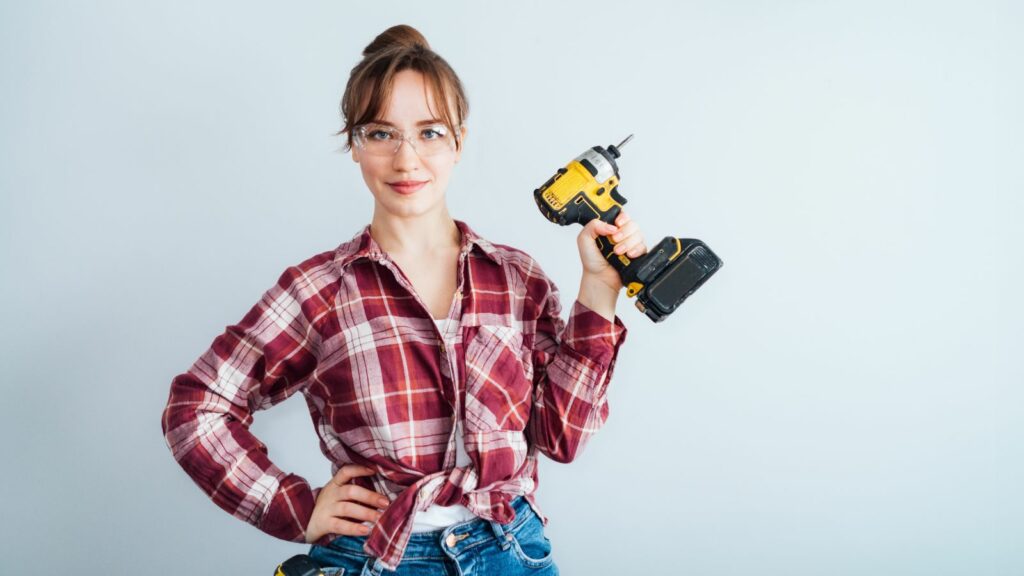Home renovations can be exciting and rewarding, which is why many people are drawn to do-it-yourself (DIY) projects. These projects not only help cut costs but also allow homeowners to express their creativity, often leading to a sense of accomplishment. However, these seemingly simple tasks come with certain risks that many people are unaware of. Despite the appeal, DIY home renovations can be more dangerous than they first appear. Here are 18 hidden risks that everyone should know before tackling a renovation project.
Electrical Hazards

Handling electricity without proper training is incredibly risky. Electrical work is a specialized field, and without the right skills, you can easily cause serious accidents, including electrical shocks or fires. Incorrect wiring or connections may not only lead to immediate issues but could also result in long-term electrical failures, significantly increasing the risk of fire.
Asbestos Exposure
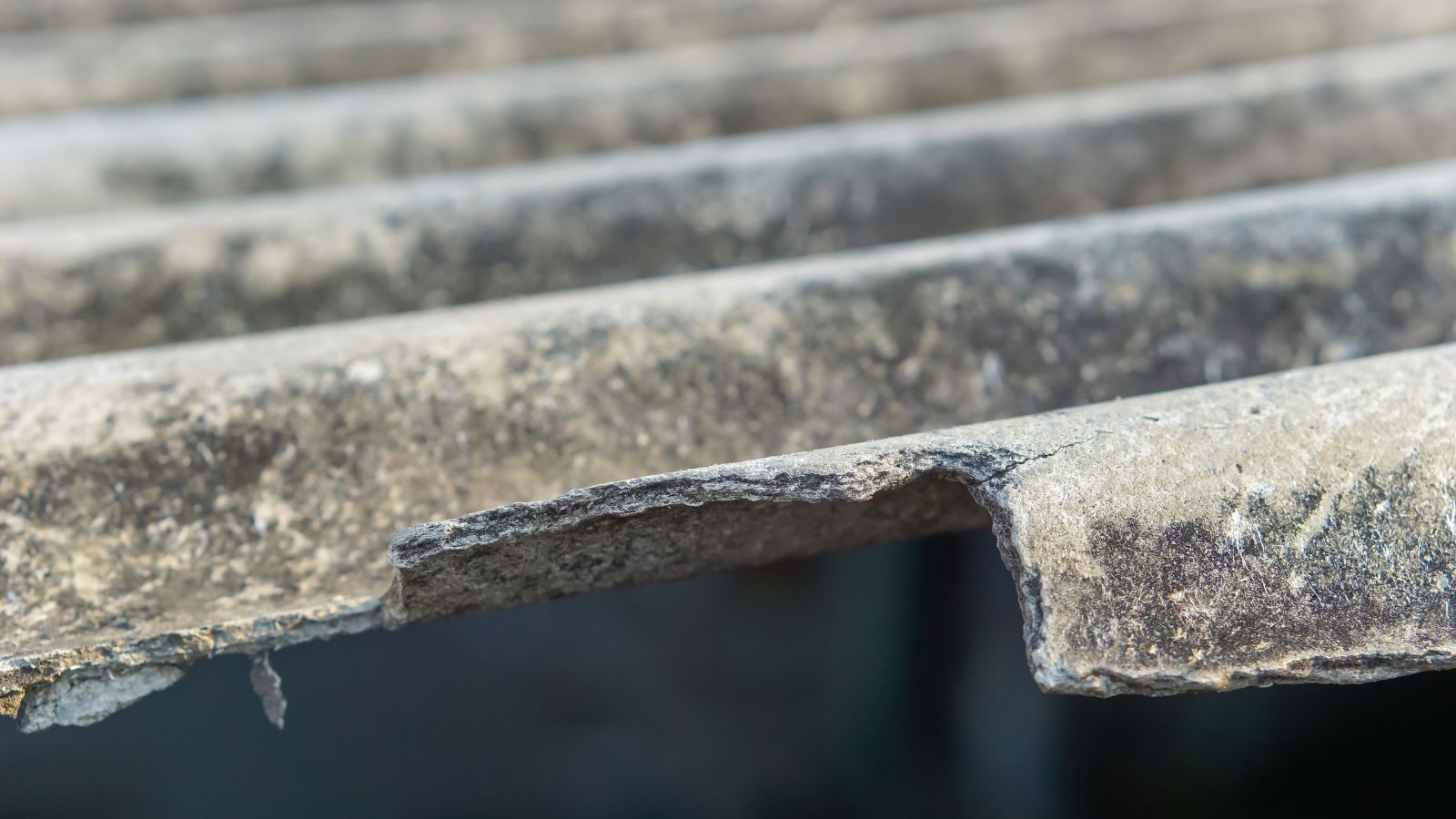
If your home is old, asbestos could be present in the insulation, ceiling, or flooring. Prolonged exposure to asbestos can cause severe lung diseases, including cancer. Asbestos should never be disturbed unless you have the necessary protective equipment and certification to handle it safely. Removing or repairing areas that contain asbestos without proper precautions is extremely hazardous.
Lead Paint Exposure
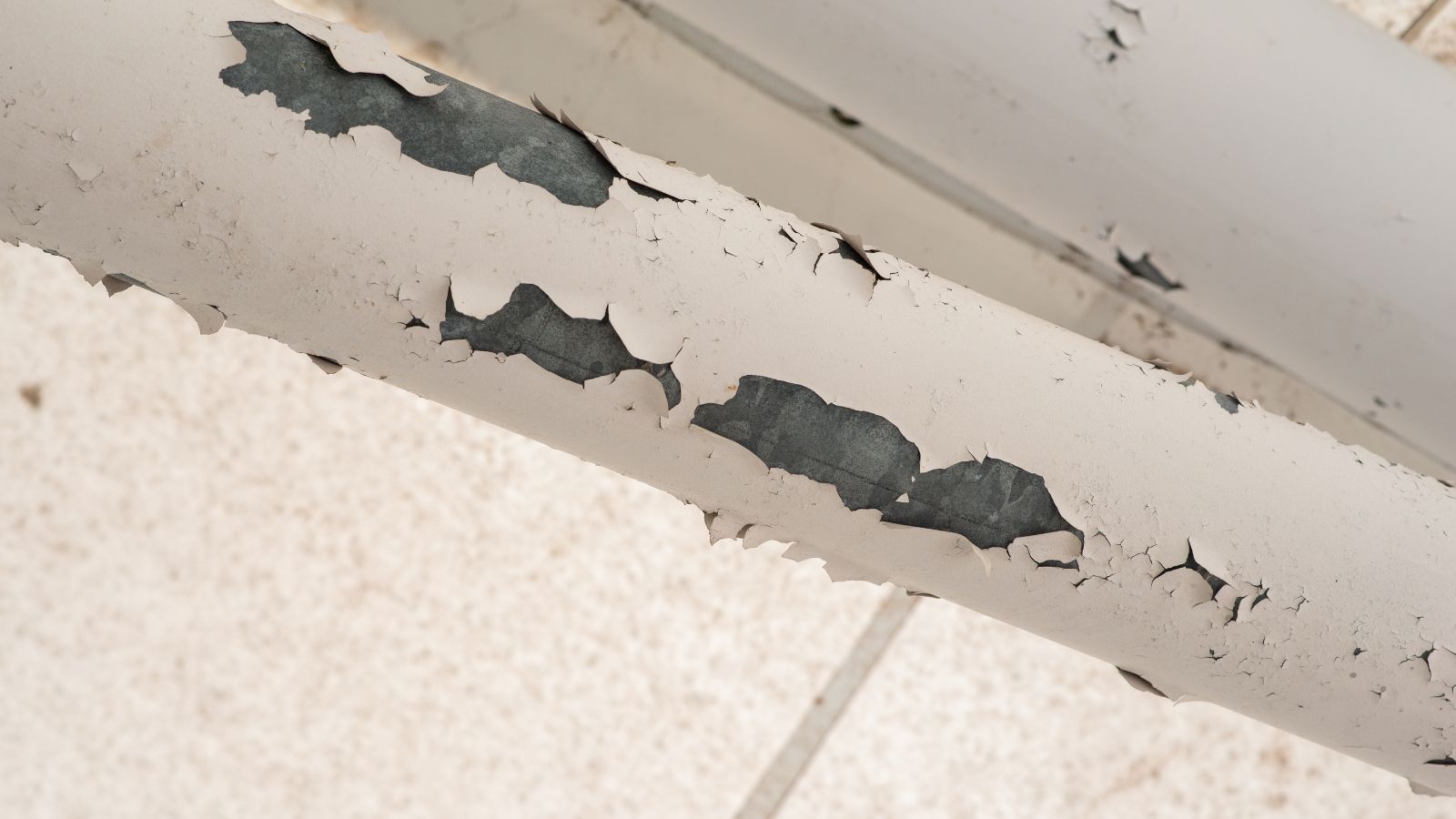
Homes built before 1978 may contain lead-based paint, which can be dangerous if disturbed. Sanding or scraping lead paint releases toxic dust, posing significant health risks, especially to children and pregnant women. Lead poisoning can lead to developmental issues in children and cause various other health problems. It’s essential to handle lead paint with extreme caution or seek professional assistance.
Structural Damage
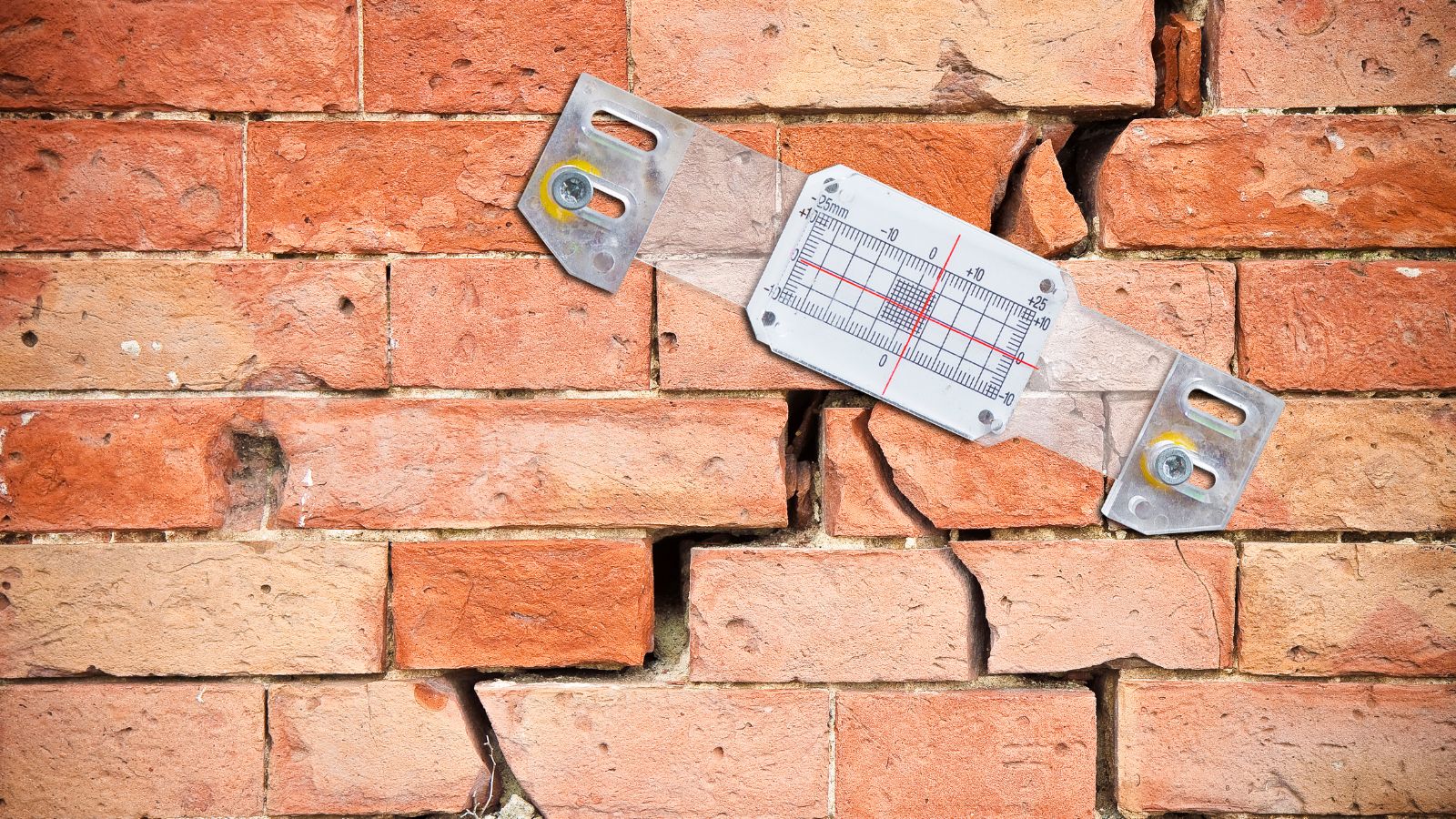
Without adequate knowledge, you could inadvertently compromise the structural integrity of your home. For instance, removing a wall to create more space might seem simple, but you may accidentally cut through important support structures, putting your entire home at risk. Always consult with a structural engineer before making any major changes.
Mold Growth
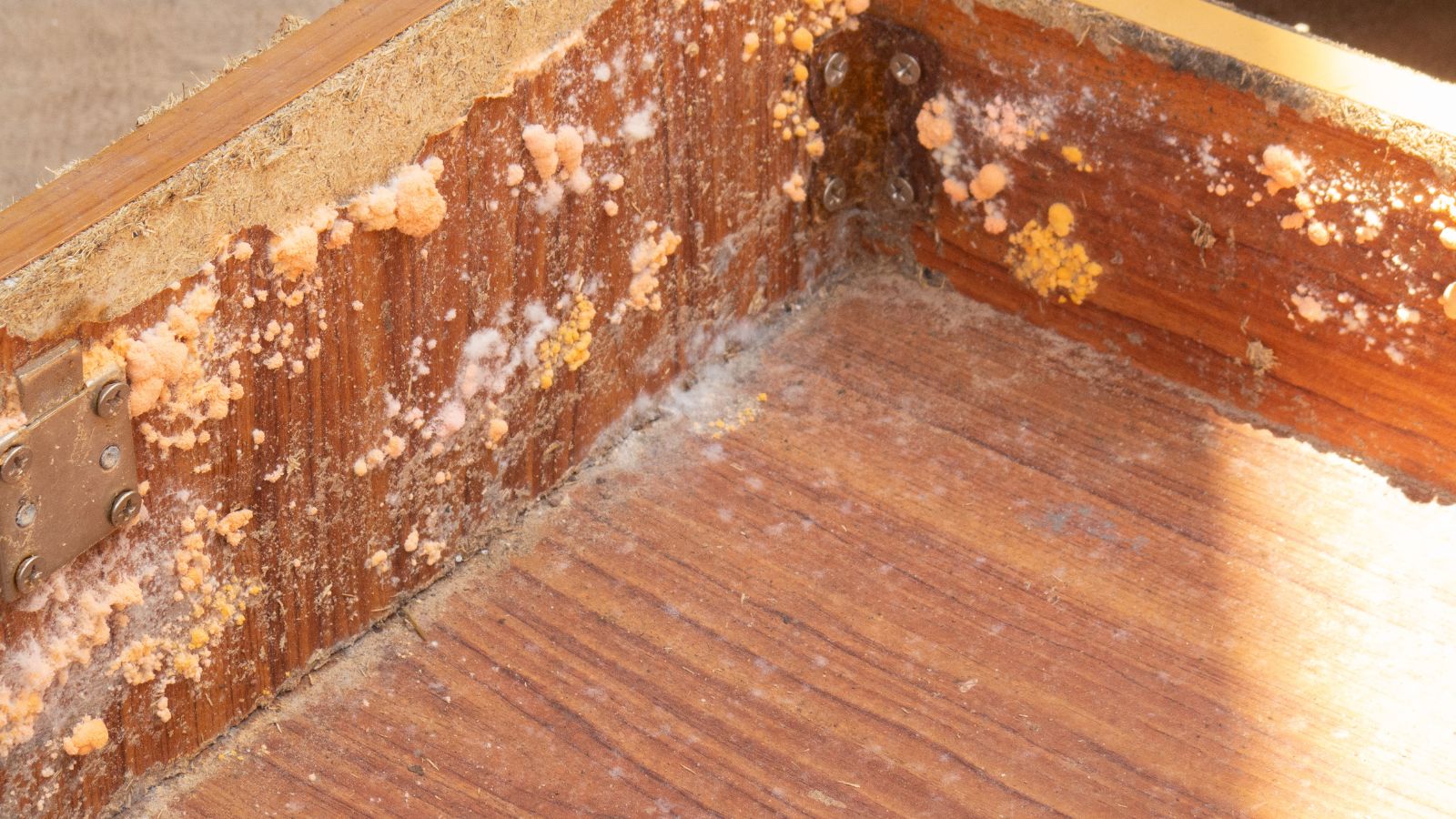
Incorrect handling of plumbing systems or failure to properly manage moisture can lead to mold growth. Mold thrives in moist environments, and if left unchecked, it can cause significant health problems. It’s crucial to address even minor leaks immediately before they escalate into more serious issues.
Plumbing Issues
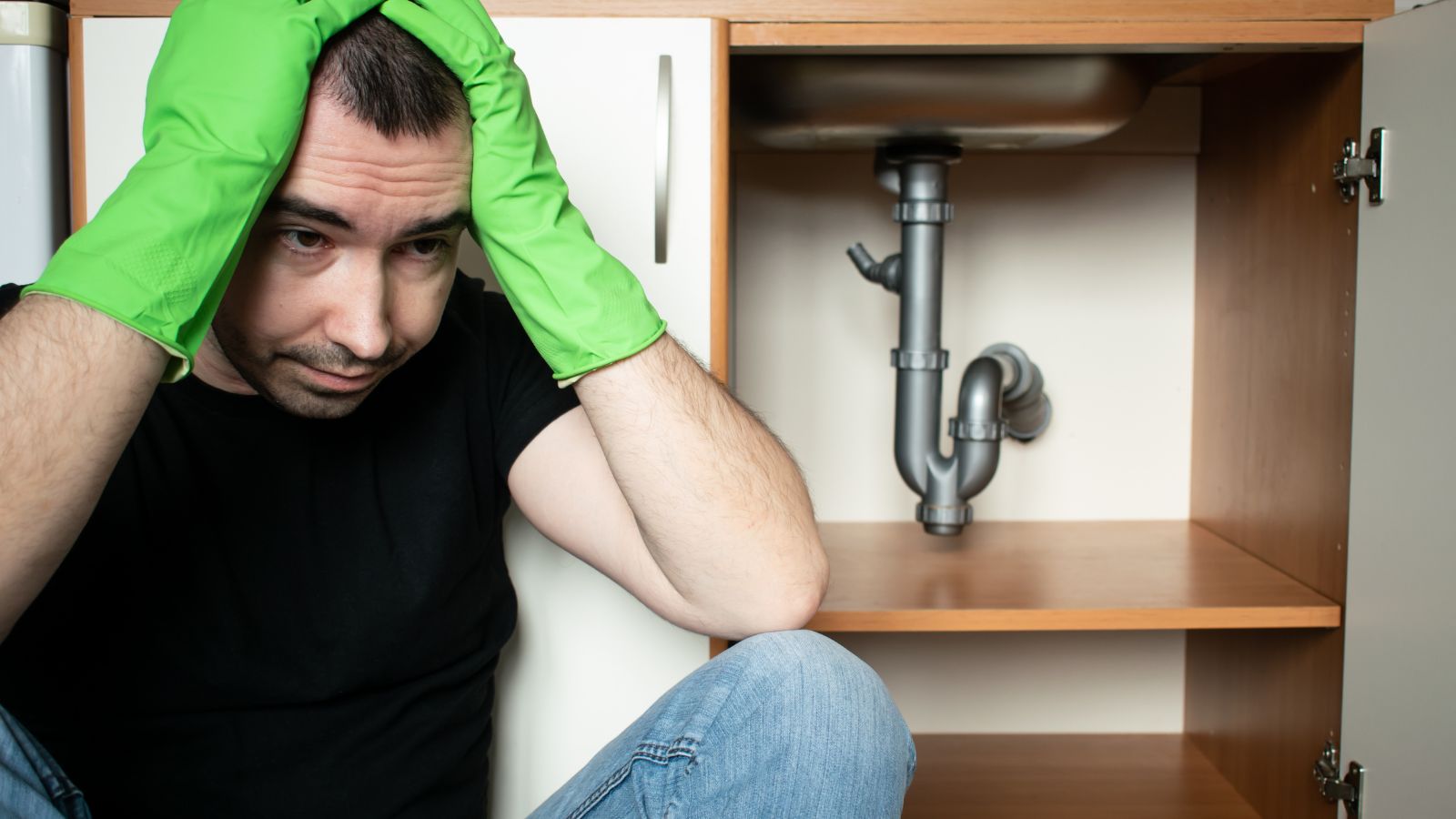
Fixing a leaky faucet or installing a new sink may seem straightforward, but things can quickly go wrong. A damaged or improperly installed pipe can cause leaks or flooding, resulting in costly repairs. Even small mistakes can lead to water damage, so plumbing work is best left to professionals.
Gas Leaks
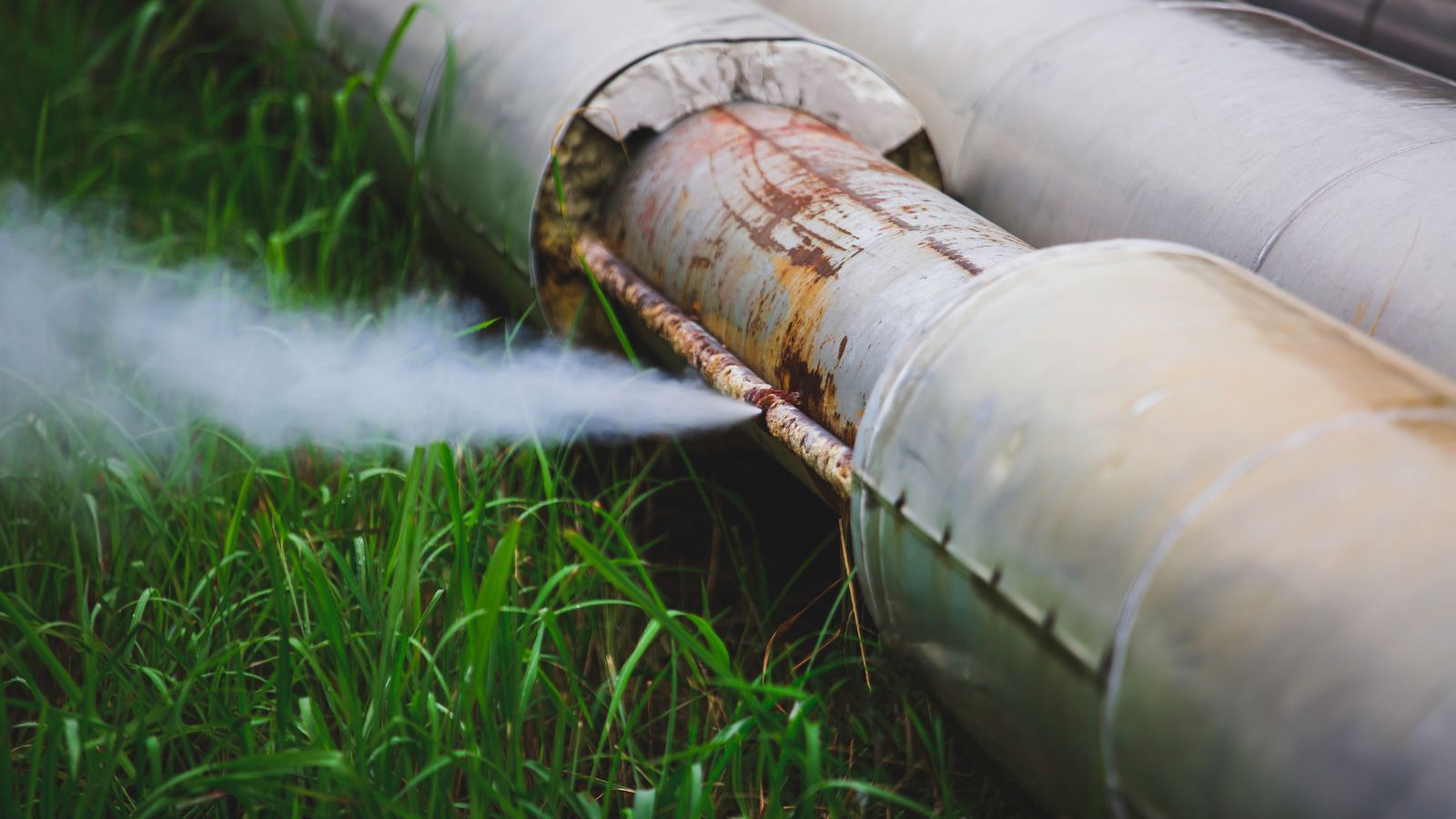
Working with gas lines is extremely dangerous and should be avoided unless you have proper training. An incorrectly installed or damaged gas line can lead to gas leaks, which are highly hazardous and potentially fatal. Always consult a licensed professional for any work involving gas.
Tool Injuries
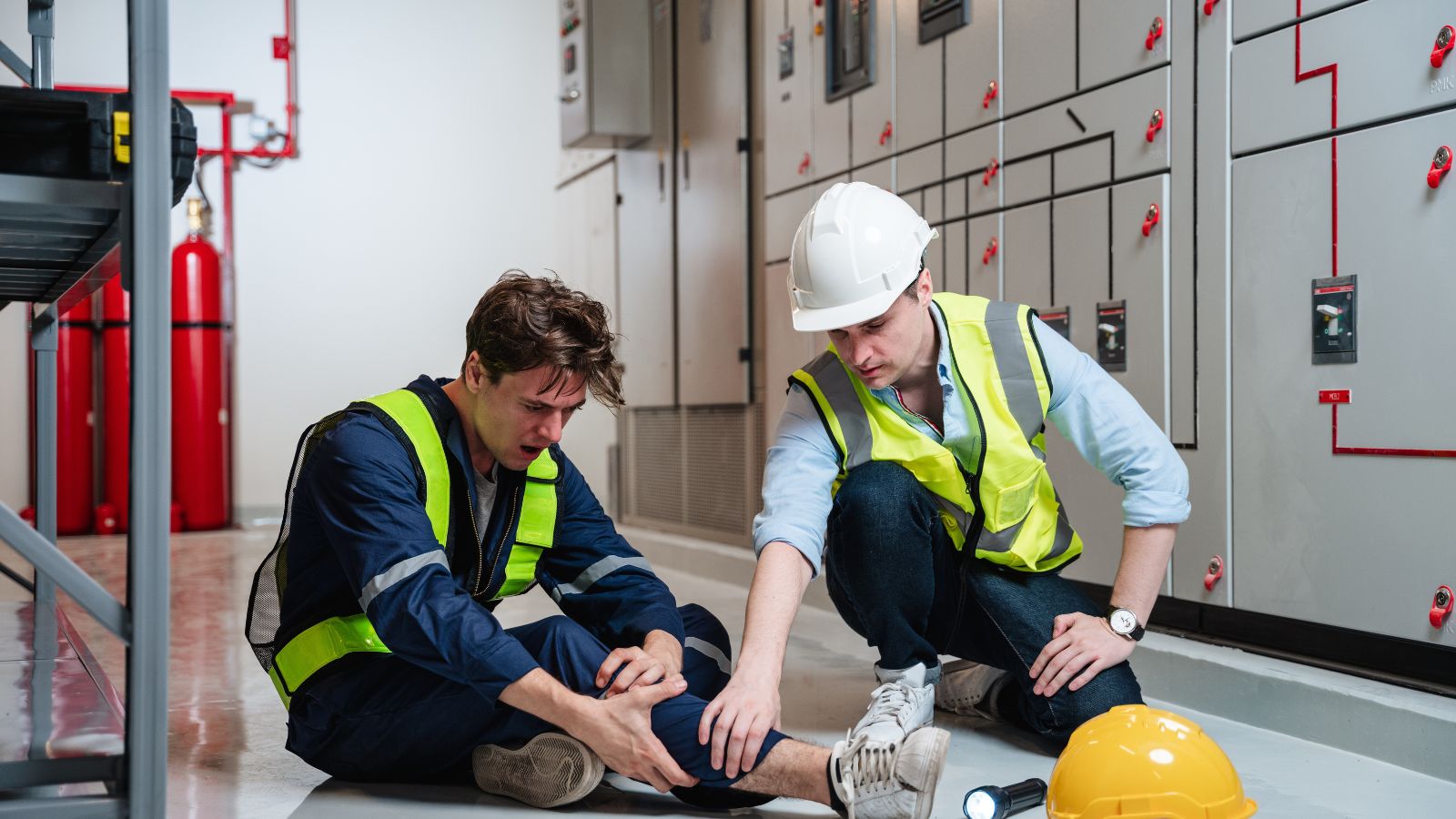
Many DIYers use power tools without fully understanding the safety measures required. Without proper training, these tools can cause serious injuries. Always read the manual, wear protective gear, and make sure you know how to handle each tool before use. Never take shortcuts when it comes to safety.
Fire Hazards
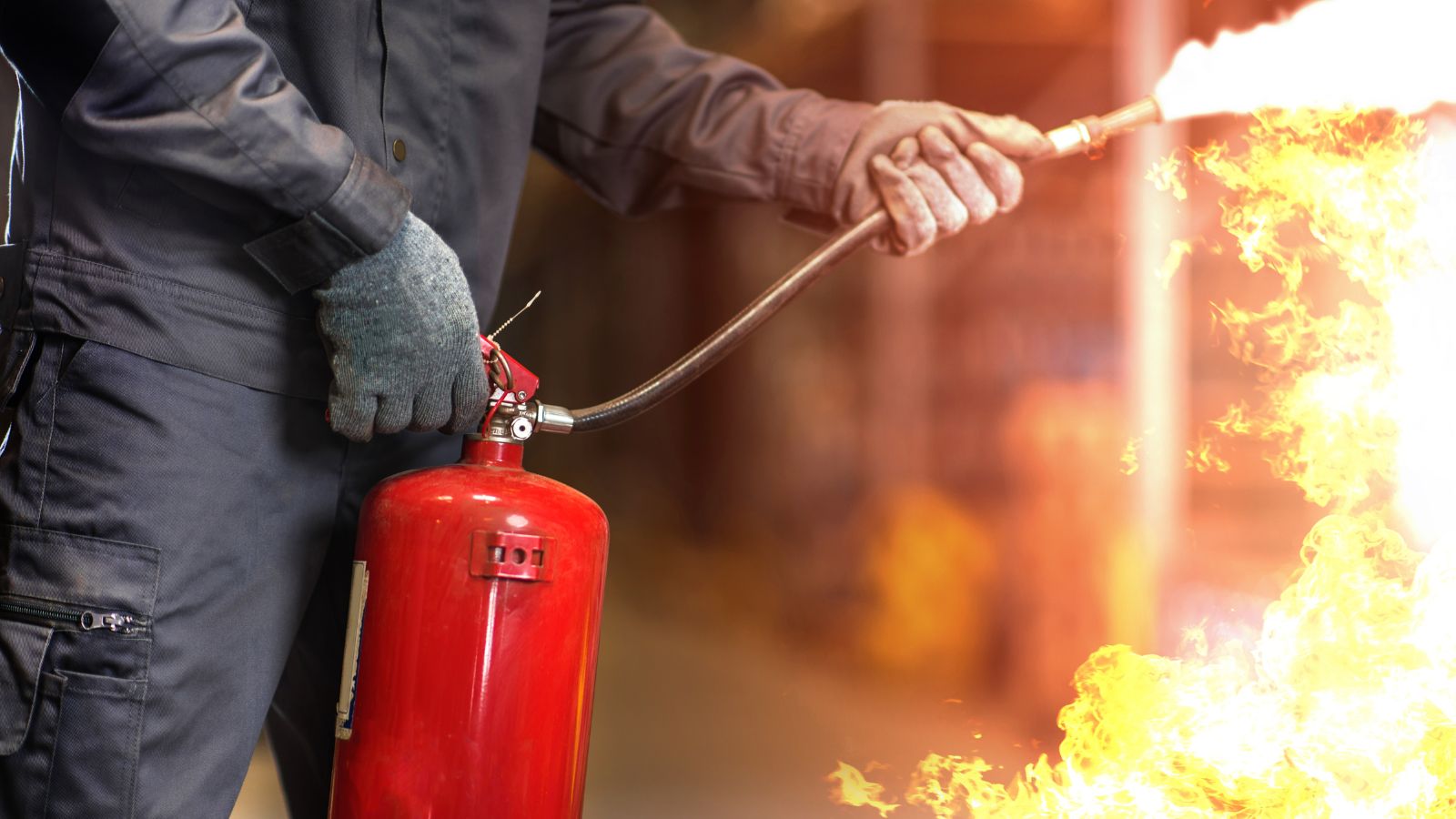
DIY projects that involve heat, sparks, or flammable materials significantly increase the risk of fire. Whether you’re using a heat gun, welding equipment, or working with electrical systems, it’s vital to take proper precautions. A small mistake can result in a fire, causing devastating damage.
Inadequate Ventilation
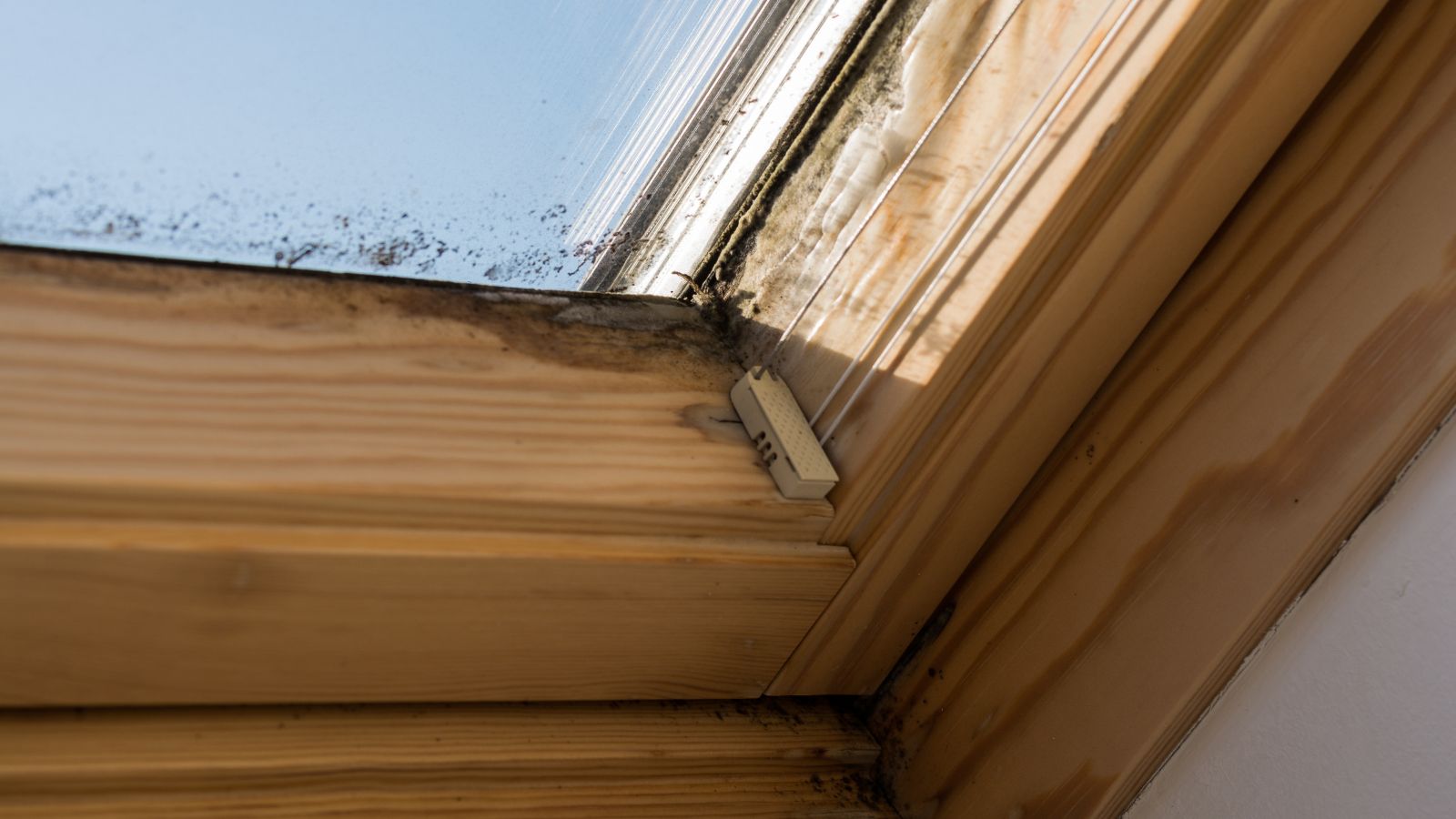
Fumes and dust produced during DIY projects, such as painting or sanding, can be harmful when inhaled. Without proper ventilation, dangerous chemicals and gases can build up in your home, leading to respiratory issues. Always ensure the area is well-ventilated, and wear appropriate protective equipment.
Improper Insulation Installation
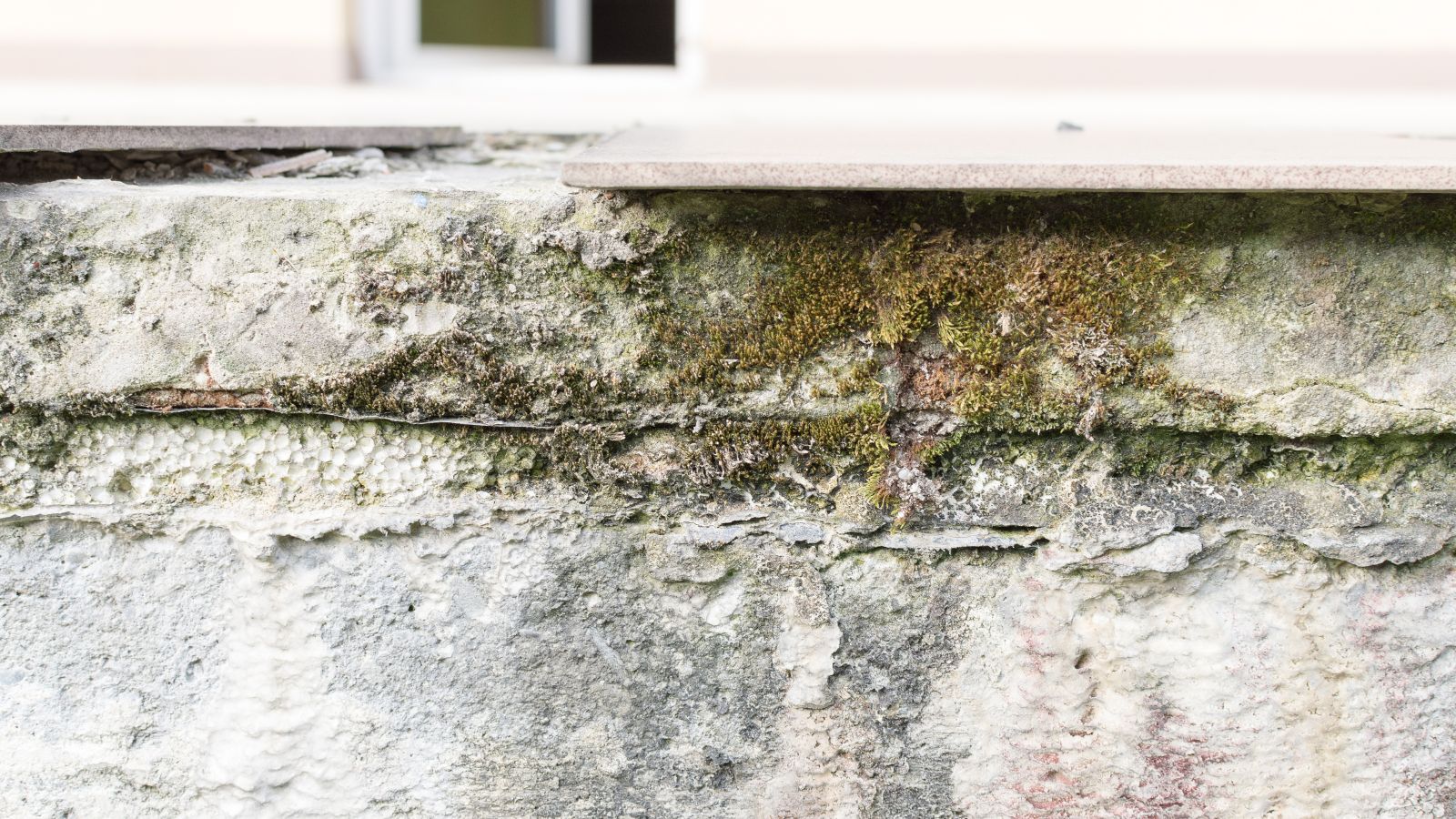
Installing insulation may seem simple, but when done incorrectly, it can lead to significant problems. Poorly installed insulation can result in energy loss, higher utility bills, and an unhealthy indoor environment. Inadequate insulation can also cause moisture buildup, leading to mold growth.
Damaging Water Lines
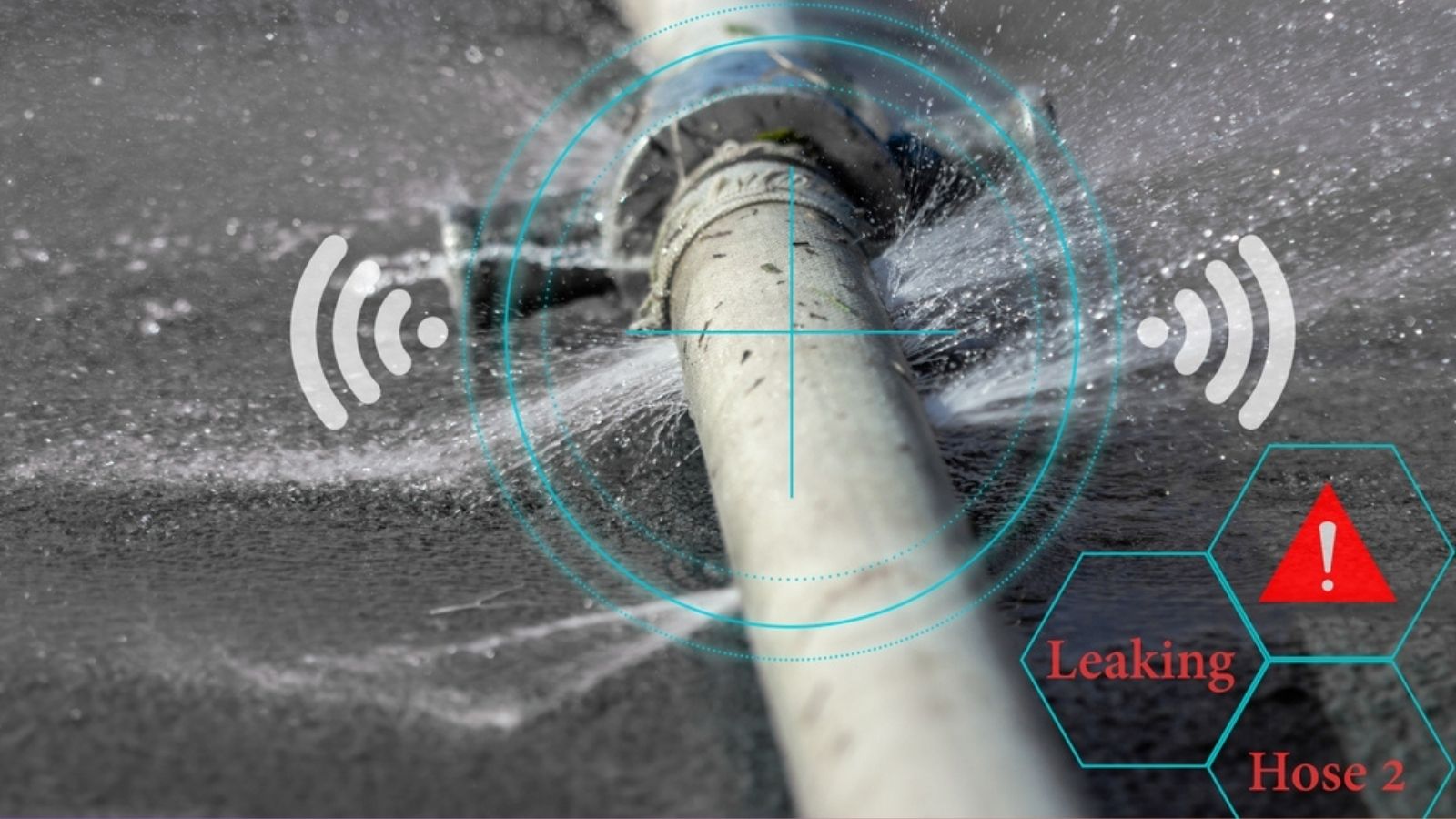
When drilling or cutting into walls, you risk damaging water lines that run behind them. If a water line is damaged or bursts, it can cause flooding, water damage, and even electrical hazards if the water comes into contact with wiring. Always locate and mark any water lines before starting a project.
Pest Infestation
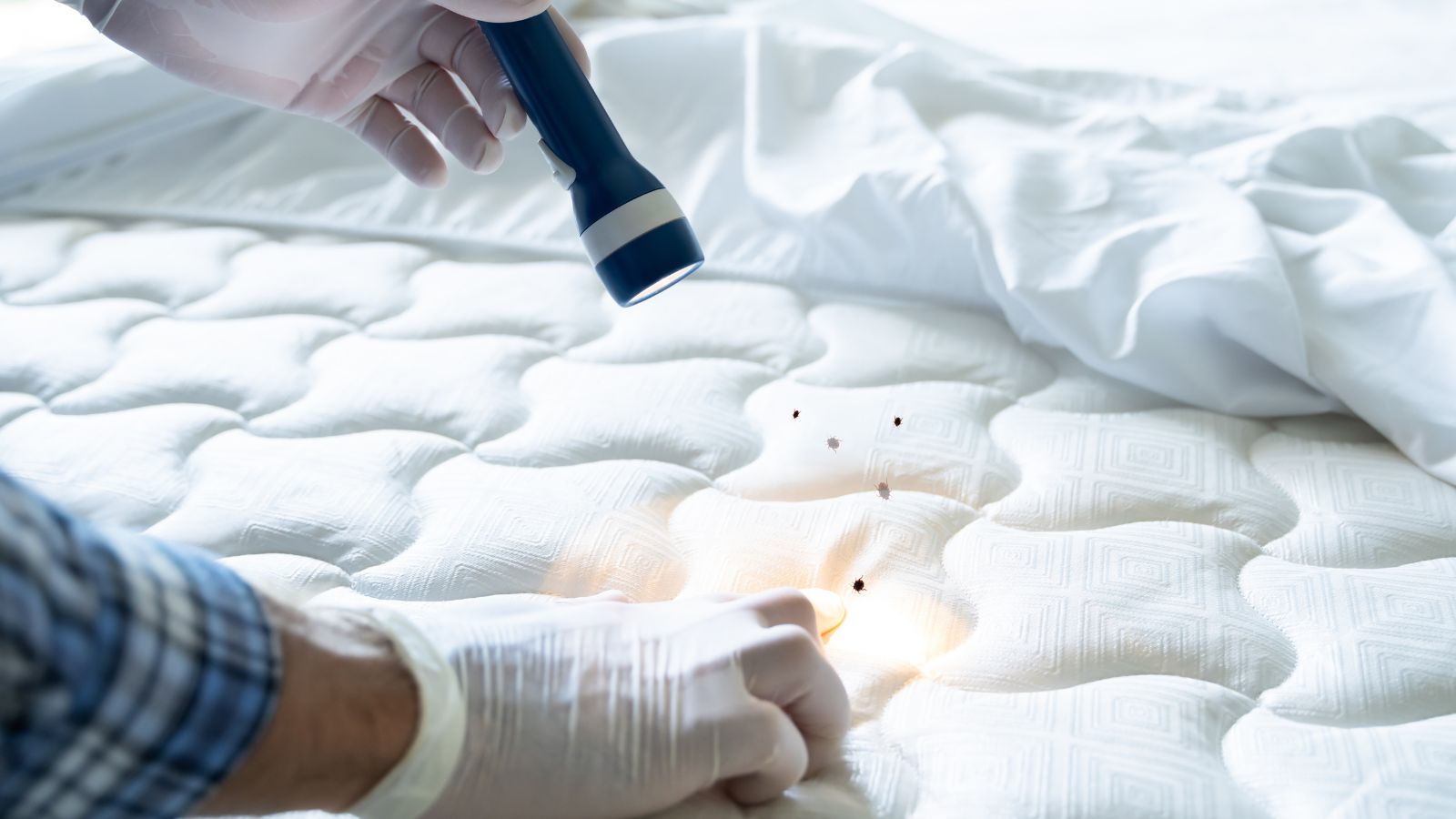
Home renovations that involve opening walls, floors, or crawl spaces can create new entry points for pests. Insects and rodents like rats, cockroaches, and ants can quickly infest your home through cracks or gaps. Once inside, they can cause damage and create unsanitary living conditions.
Falling Hazards
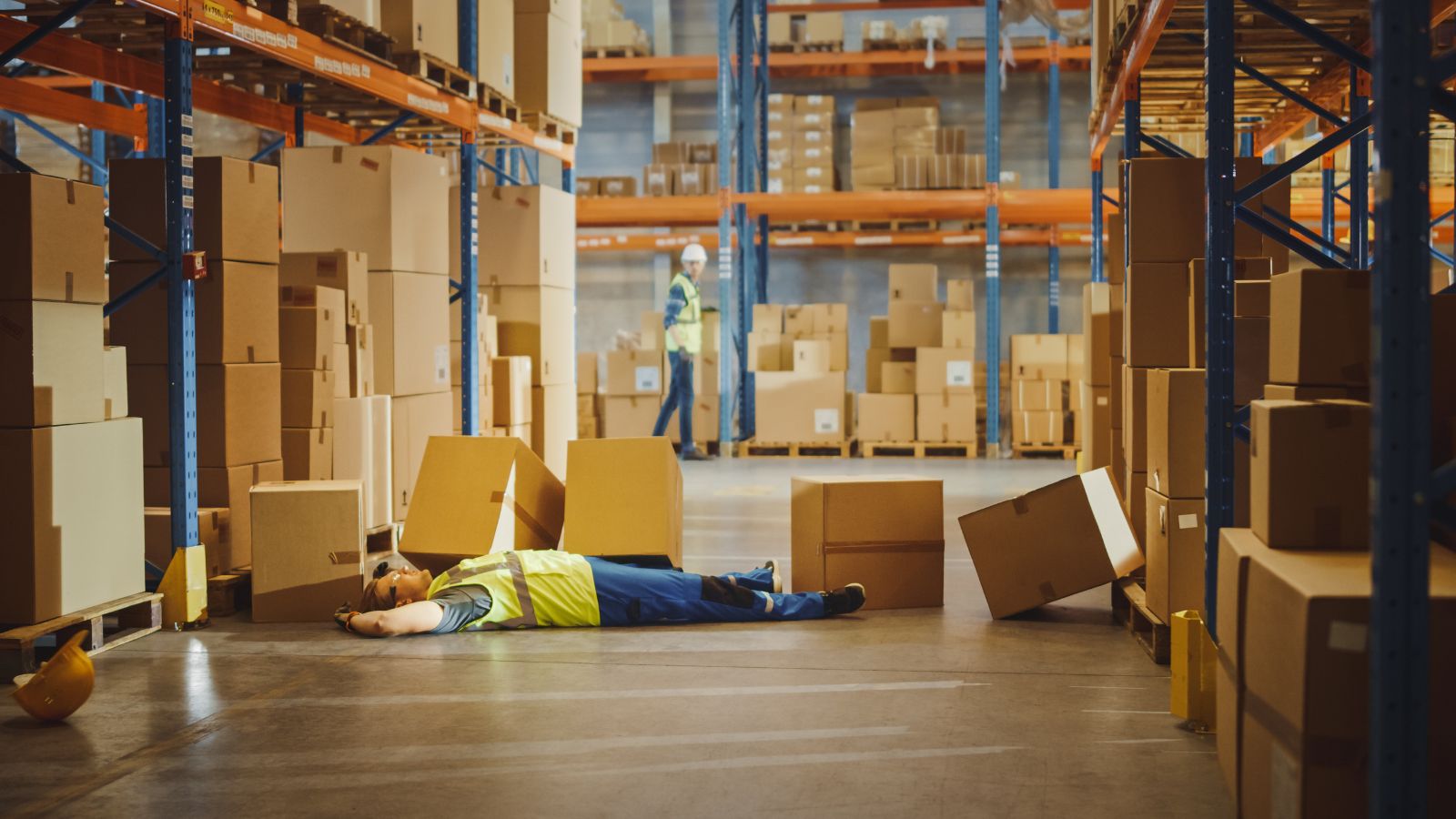
Falls are one of the most common accidents in DIY projects, especially when working on ladders, roofs, or elevated surfaces. It’s essential to follow safety precautions, such as securing ladders and wearing harnesses when necessary. Ensuring a safe working environment is crucial to avoid serious injuries.
Inaccurate Measurements
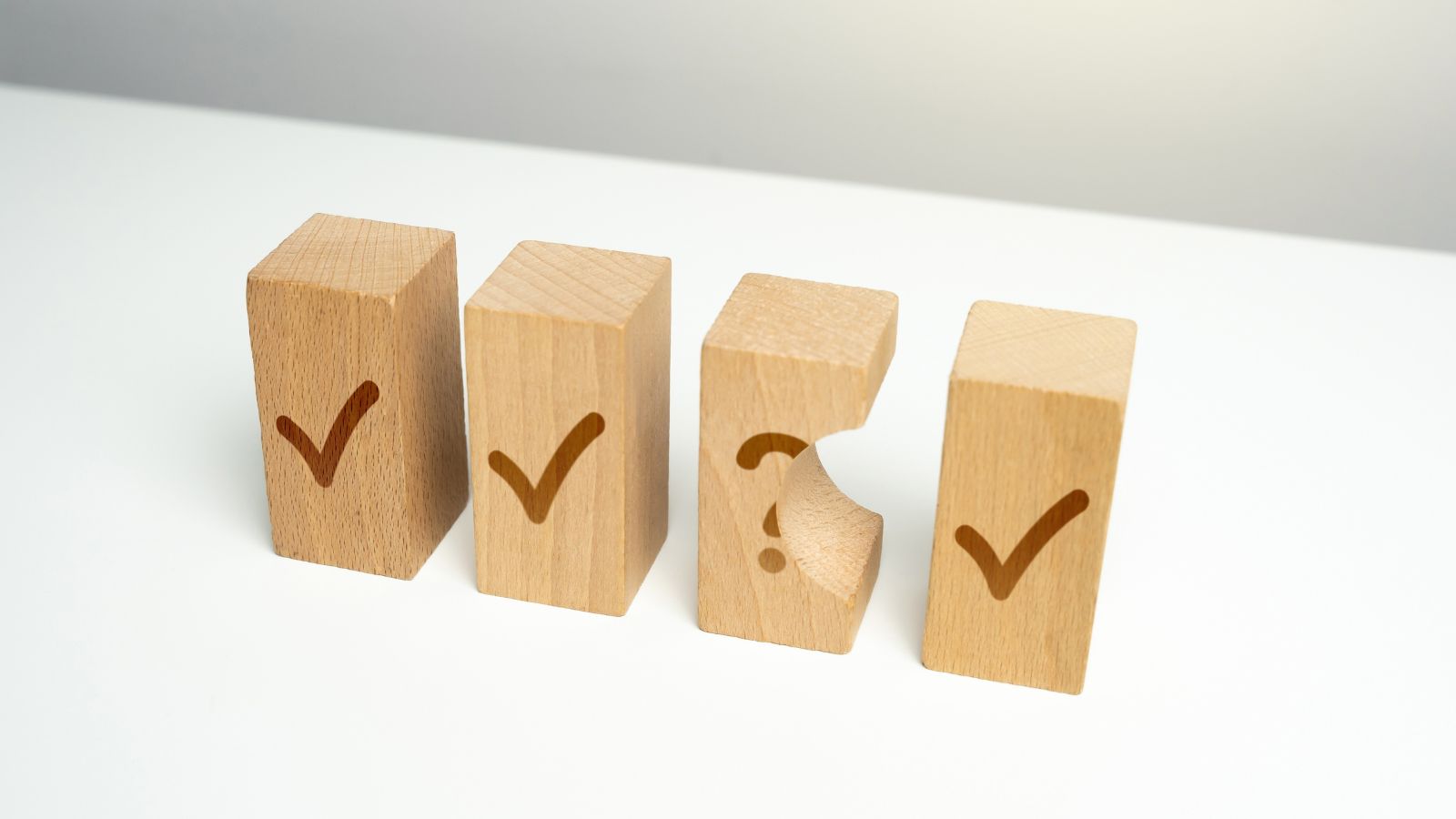
Small errors in measurement can lead to significant problems during your project. Inaccurate cuts, mismatched tiles, or uneven walls can result in wasted materials and time. Reworking these mistakes not only costs more but also adds frustration and delays to your project.
Weakening Fire Safety Systems
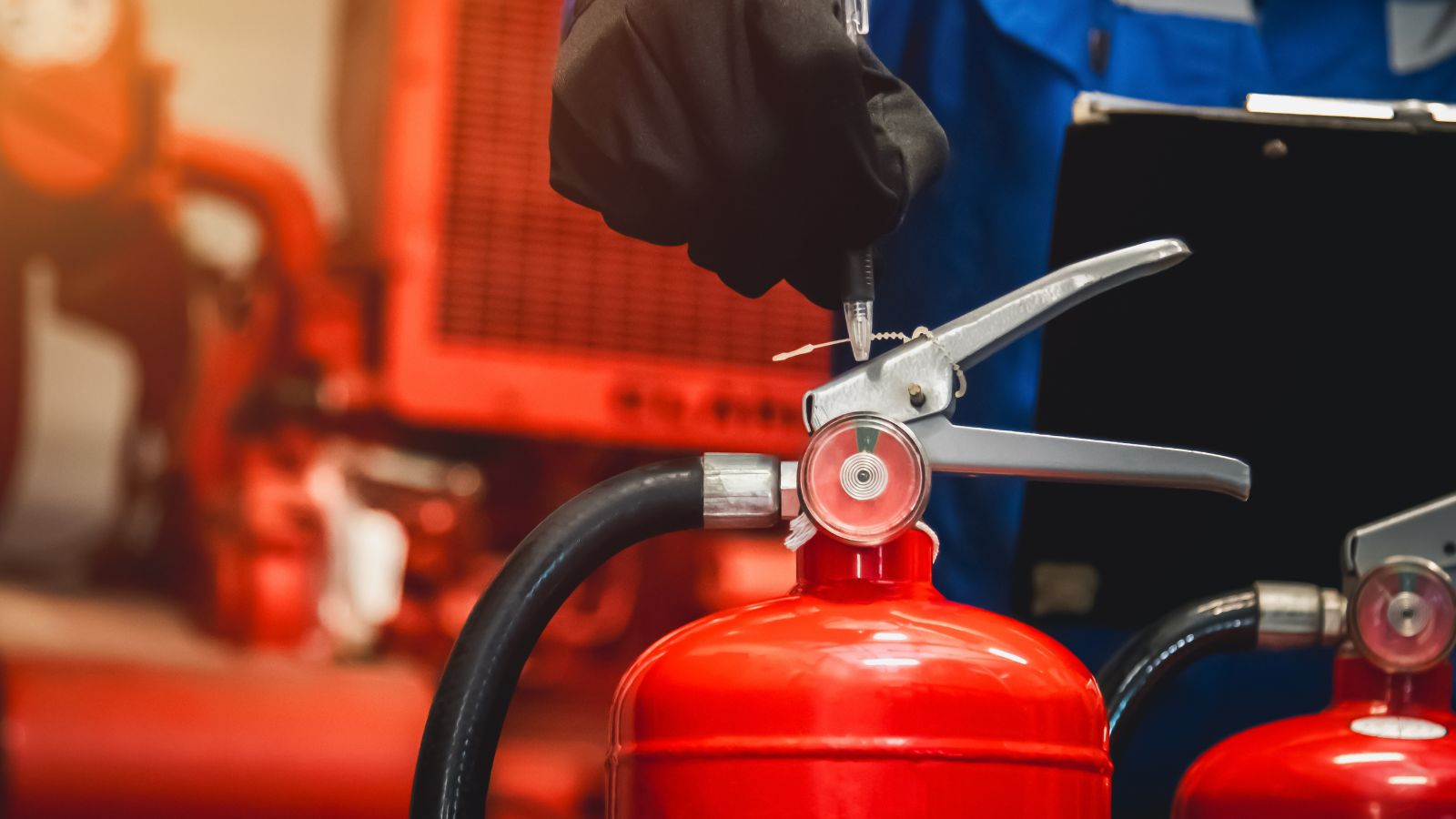
During renovations, it’s easy to accidentally damage fire safety systems like smoke detectors, fire extinguishers, or sprinkler systems. Neglecting these systems or compromising their functionality can make your home more vulnerable in the event of a fire. Always check and ensure that fire safety measures remain intact.
Ignoring Local Building Codes
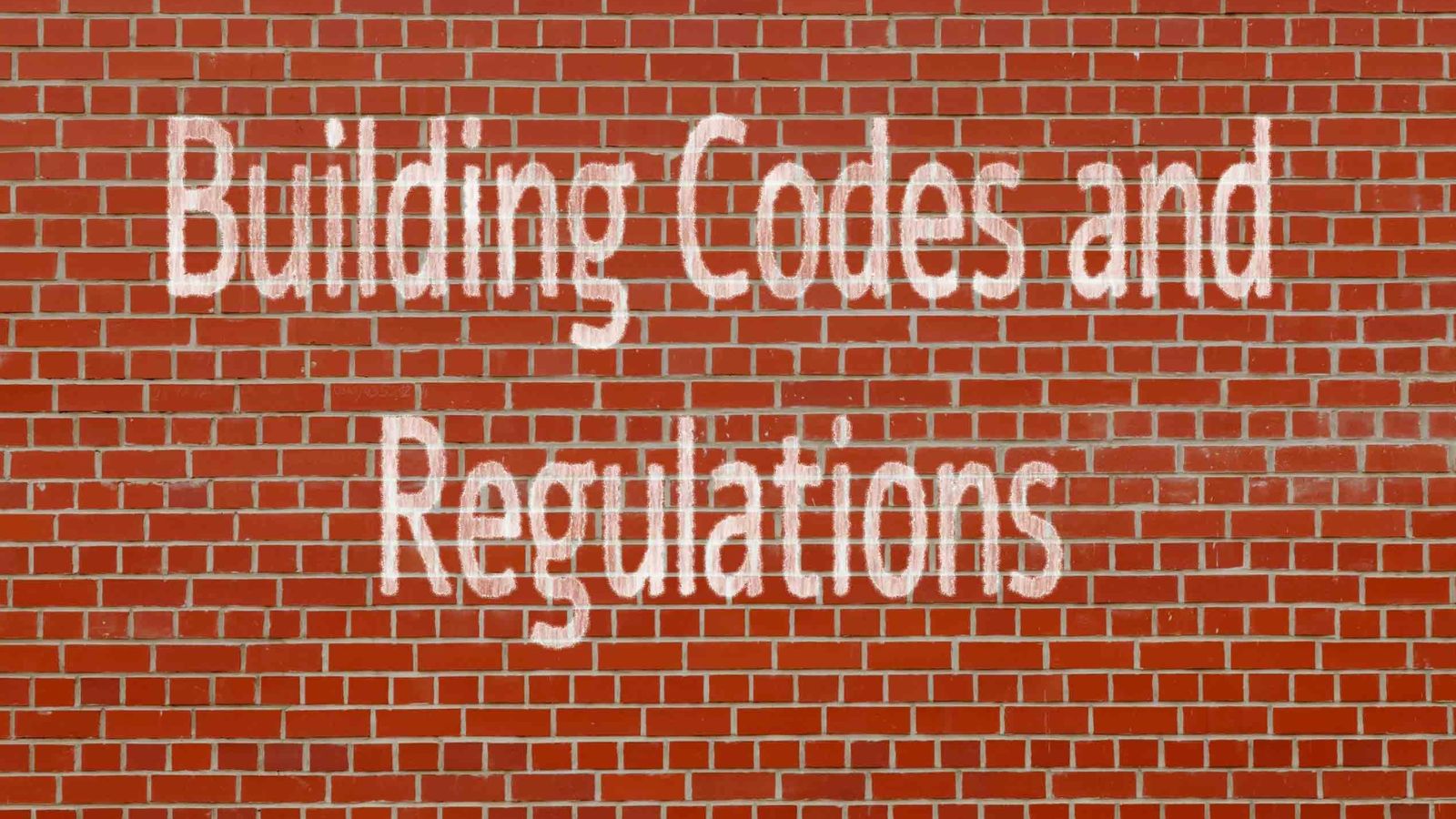
Each area has specific building codes and regulations that apply to renovations. Failing to adhere to these rules can result in fines, having to redo the work, or even creating unsafe living conditions. Always familiarize yourself with local building codes before starting a project, and obtain the necessary permits if required.
Overestimating Your Skills
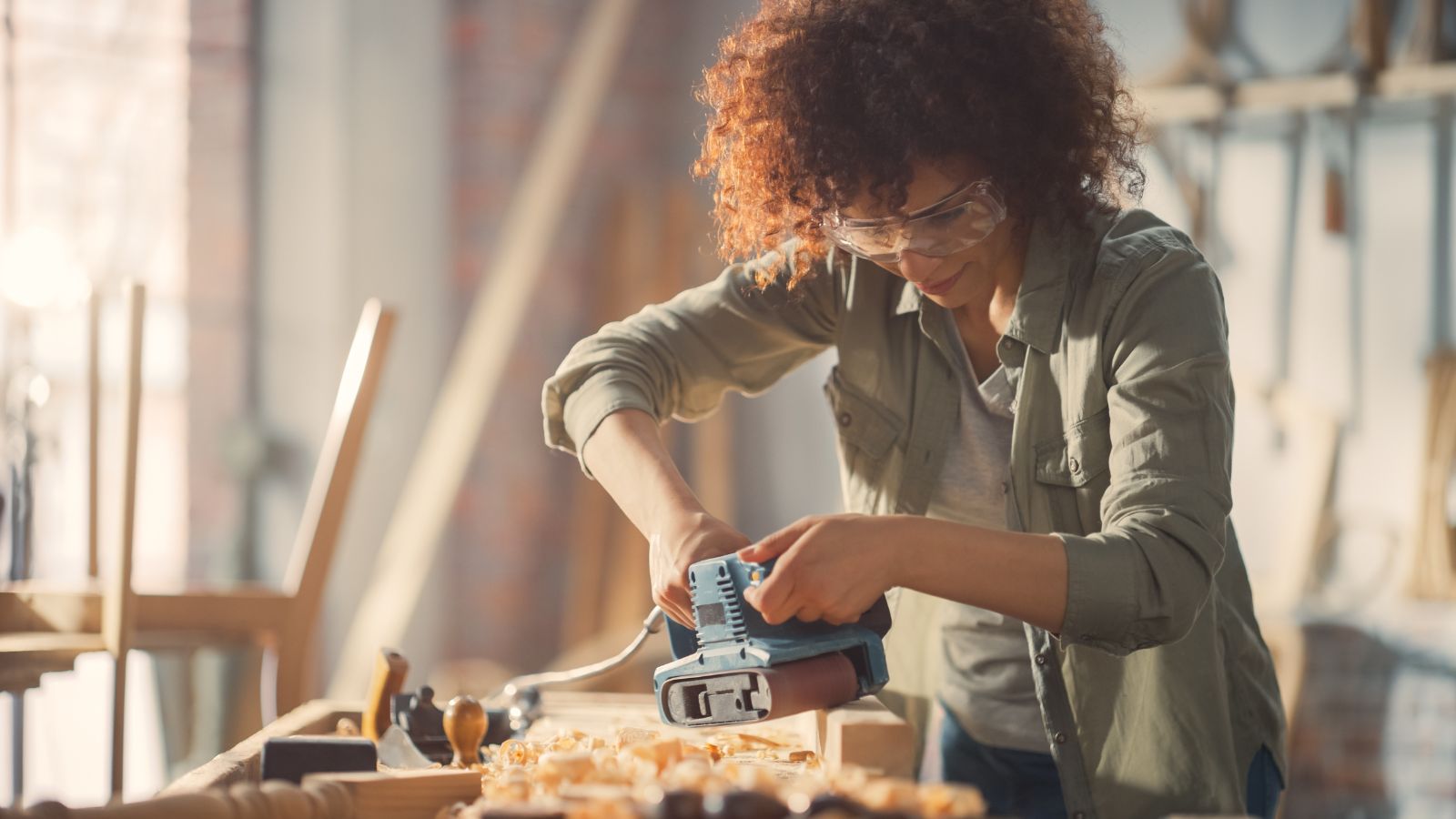
One of the most common hidden dangers of DIY projects is overestimating your abilities. Many tasks require specialized knowledge, tools, and experience that online tutorials may oversimplify. Tackling a job beyond your skill level can result in poor-quality work, accidents, or costly mistakes. Knowing your limits is crucial to ensuring your safety and the success of the project.
Conclusion
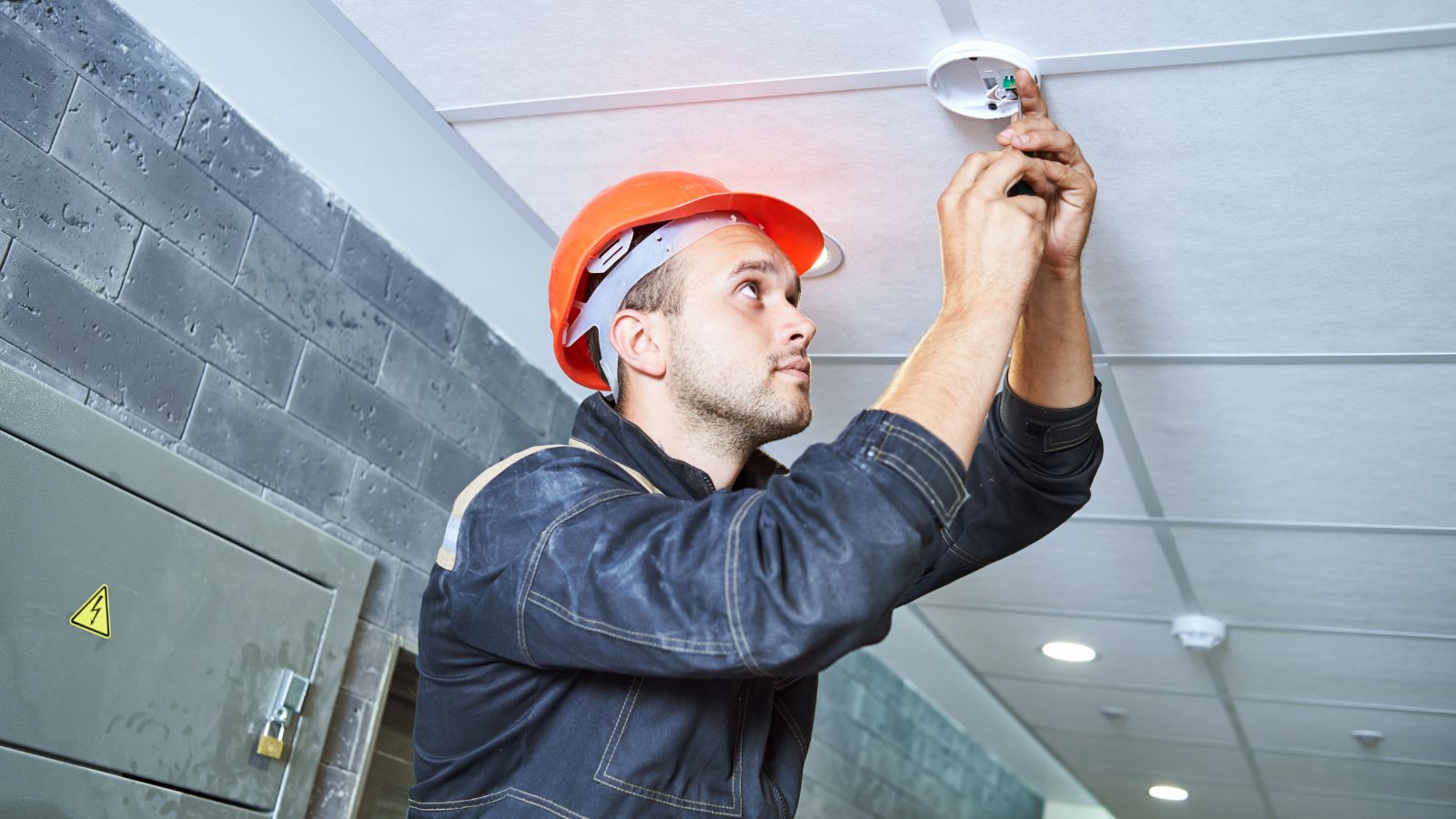
While DIY home renovations can be fun, cost-effective, and fulfilling, they come with risks that should not be underestimated. From electrical hazards to exposure to asbestos and lead-based paint, the potential dangers are numerous. Ensuring safety should always be the top priority. Thoroughly researching the project, understanding your limitations, and consulting professionals when necessary can help prevent accidents and ensure your home remains safe and structurally sound.
18 Reasons Why People Are Leaving Florida in Masses

Exploring factors that impact the desirability of living in Florida, this list delves into various challenges shaping residents’ experiences. From environmental concerns like rising sea levels to economic factors such as fluctuating job markets, these issues collectively contribute to a nuanced understanding of the state’s appeal.
18 Reasons Why People Are Leaving Florida in Masses
